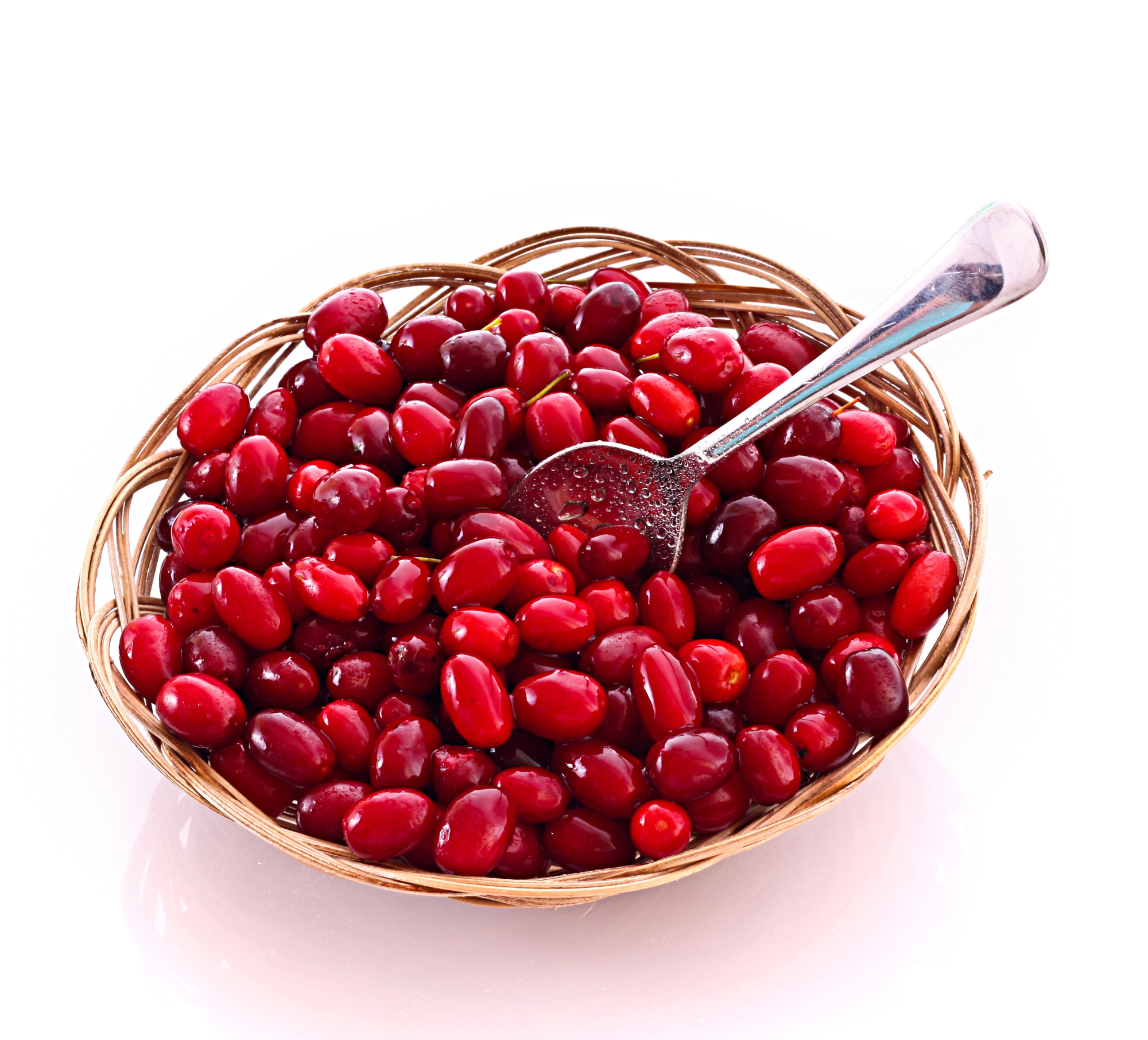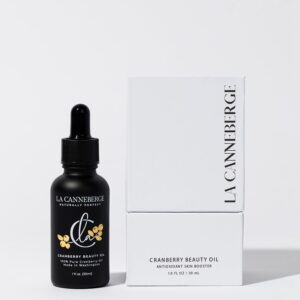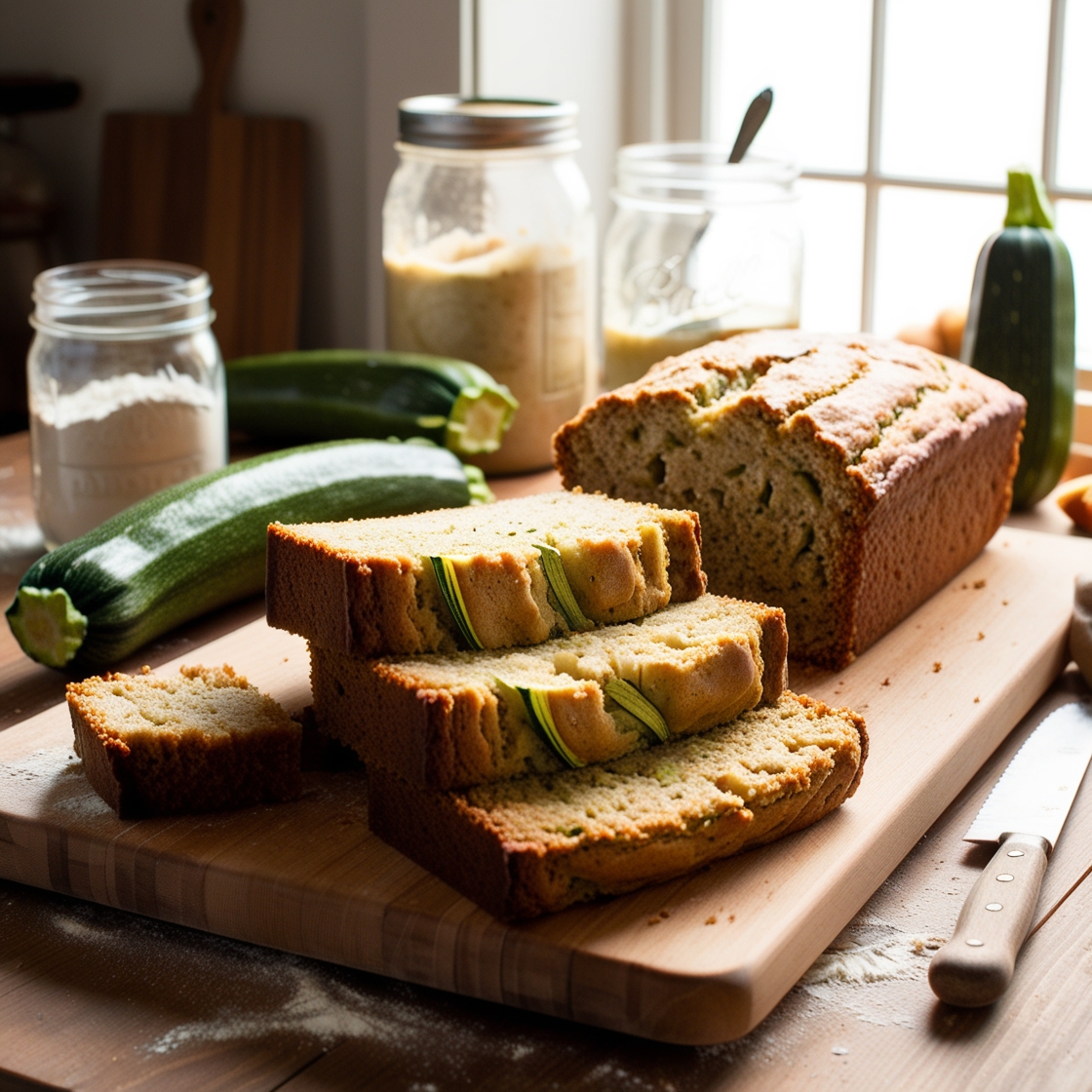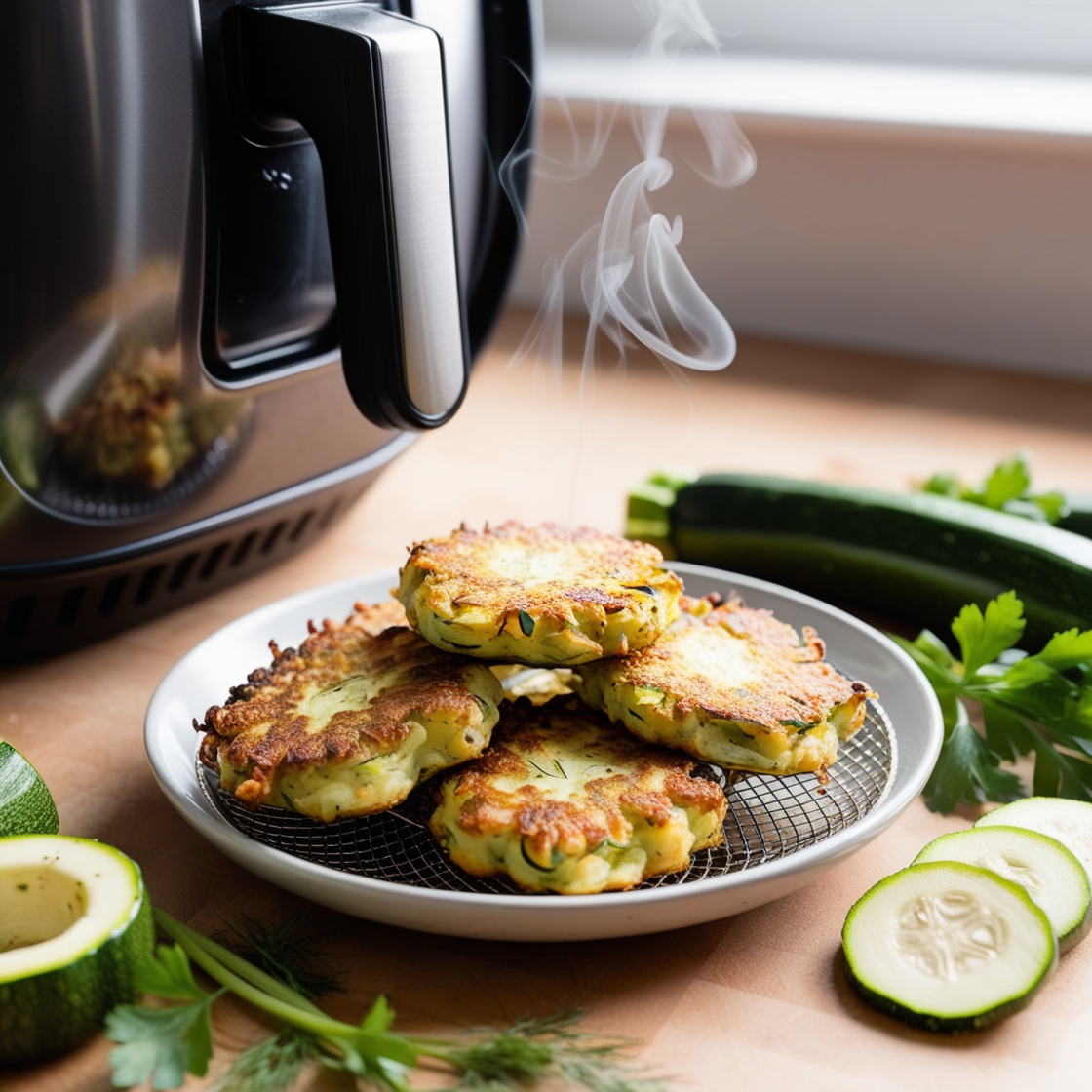Cranberries, those fruits renowned for their flavor and vibrant red hue, have long been a mainstay and a cherished part of our holiday customs. Have you ever pondered the mysteries concealed within these fruits? Today, we set out to uncover the truth about these seeds, exploring their importance and potential uses that transcend mere culinary delights.
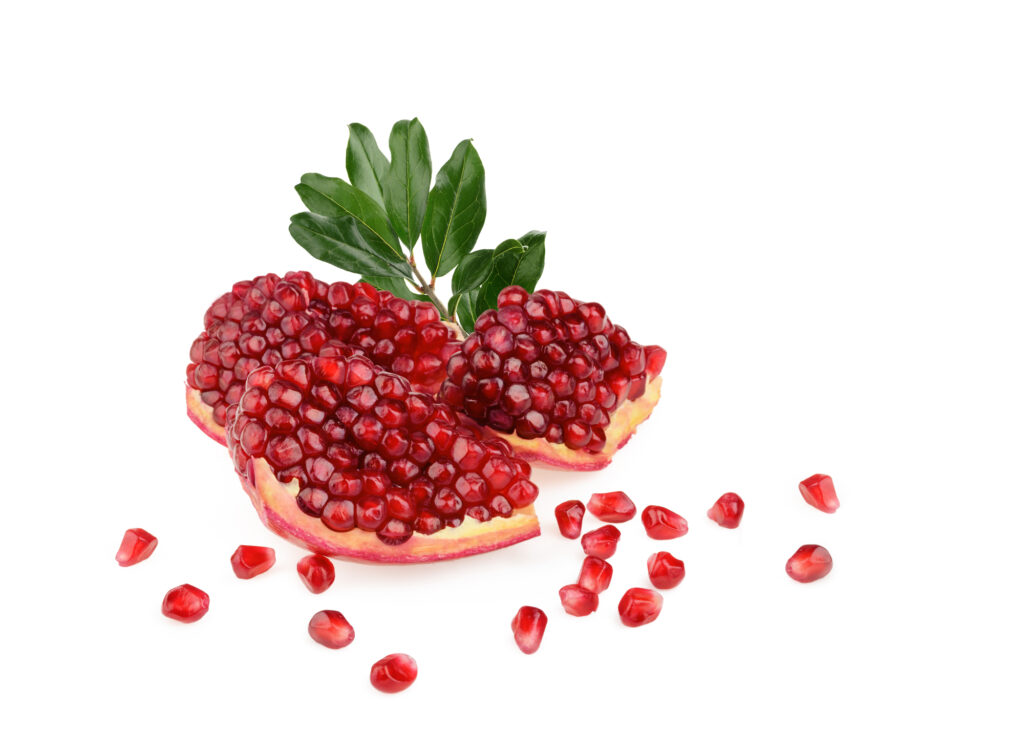
The Presence of Seeds in Cranberries
Many of us wonder… Do cranberries actually contain seeds? The answer is a big yes! While these tiny seeds may escape you at first glance, each cranberry contains a cluster of seeds that play a role in the fruit’s reproduction and growth. When you bite into a cranberry, you may notice a crunch – indicating the presence of these seeds.
Traits and Size of Cranberry Seeds
Now that we’ve established the existence of seeds, let’s dive deeper into their characteristics. These seeds are minuscule, often no larger than a pin head.
Cranberry seeds typically exhibit hues ranging from beige to brown in contrast to the fruit itself depending on the variety. Each berry generally houses around 20-30 seeds showcasing the cranberry’s capabilities.
The seeds may be small in size but they hold a lot of nutrition. They are a source of nutrients that can do wonders for your health. One impressive aspect is their high protein content ranging from 20-25% providing all the acids needed for bodily functions. For those on a plant-based diet, cranberry seeds can be a protein source.
In addition to protein, cranberry seeds are also loaded with fiber making up half of their composition. Fiber plays a role in promoting health by supporting digestion and aiding in weight management. By incorporating seeds into your meals, you can easily give your body a boost of both protein and fiber.
The ability of seeds to promote gut health is truly fascinating. These tiny powerhouses provide nutrients like carbon and nitrogen that feed the bacteria in your gut. By nurturing these probiotics, cranberry seeds can help maintain your gut microbiome which has reaching effects on well-being including boosting immunity and enhancing mental health.
Growing Cranberries
For gardening enthusiasts keen on cultivating their plants, the prospect of growing cranberries from seed can be an endeavor. However, it’s important to understand that growing cranberry seeds requires patience and a bit of know- how.
Cranberry seeds have a layer that helps them survive the winter conditions – a tough outer coating that needs to be broken down for the seeds to sprout. In nature, this breakdown process occurs naturally due to temperature and moisture levels in a process known as stratification.
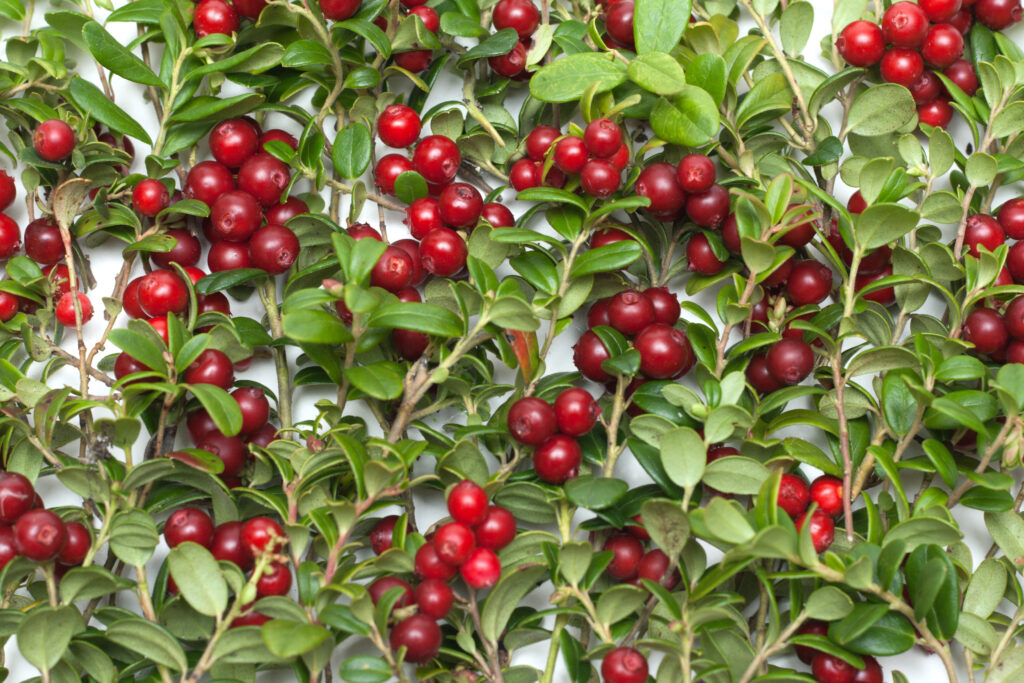
To successfully grow seeds at home, you can simulate these conditions. One method involves placing the seeds on a paper towel inside a bag and letting them soak up sunlight.
Another option is to plant the seeds in a mixture of peat, moss and sand, creating a greenhouse environment by placing the pots in a bag to maintain humidity and warmth.
It’s worth noting that some store-bought cranberries may already be pre-stratified since they are typically harvested in October and stored in refrigeration. This means you might have success germinating these treated seeds compared to those that haven’t undergone stratification.
Regarding uses of seeds
While cranberries are commonly used whole or as juice or sauce, the seeds themselves offer numerous culinary possibilities. Innovative chefs and home cooks are starting to explore these hidden gems by incorporating them into dishes.
One straightforward way to utilize the seeds is by keeping them inside the berries.
When you mix seeds into a sauce or compote, they add a crunch and a hint of bitterness that pairs well with the tangy flavor of cranberries. This technique is great for dishes like mixing seeded sauce with meats or hearty stews.
For those with a sweet tooth, you can also sprinkle seeds into baked goods.
Grinding up seeds finely and folding them into a muffin batter, scones or cookies gives these treats a flavor and texture that sets them apart from their seedless versions. Sprinkling some seeds on top of a dish after cooking can also add appeal while defining the delicious taste hidden beneath.
Innovative chefs are experimenting with using these seeds as substitutes for ingredients like seeds or sesame seeds. Toasting them and sprinkling them over salads or roasted vegetables brings out a burst of flavor and crunch that elevates the dish to heights.
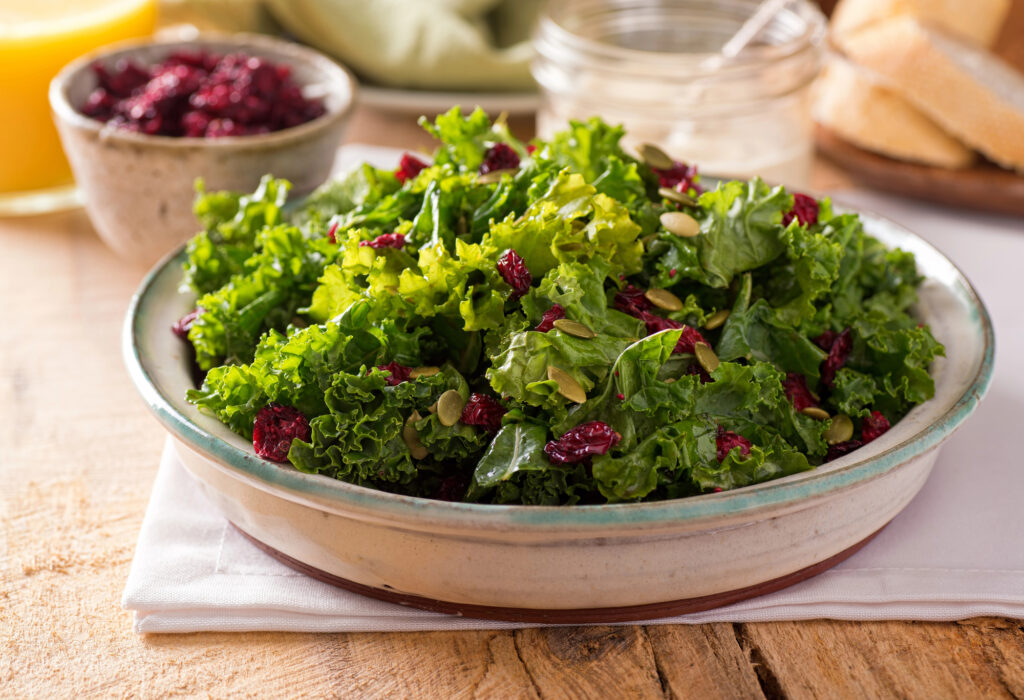
It’s important to note that not everyone may immediately enjoy the taste of seeds. While some may find them slightly bitter, others appreciate the depth they bring to a dish. If you’re new to cooking with seeds, start by adding small amounts and adjust according to your taste preferences.
Apart from cooking, cranberry seeds have also gained attention in the health and beauty industry for their benefits for skin health. One notable use of these seeds is as an exfoliant known for its ability to gently remove skin cells, unclog pores and improve skin texture for a radiant complexion. Many skincare brands now incorporate these seeds into their products such as scrubs, masks and exfoliating treatments.
Yet the benefits of seeds extend beyond exfoliation. Rich in antioxidants and essential fatty acids, these seeds provide nourishment and protection to the skin against stressors. When applied topically, cranberry seed oil can provide moisturization and soothe dry irritated skin making it a valuable ingredient in skincare formulations.
Check out one of our favourite oils
Recently we tried out the LA CANNEBERGE Cranberry Beauty Oil, which claims to offer hydration for the face, hair and body.
Our experience with this cranberry seed oil was really positive. The light consistency absorbed quickly into our skin without any greasy feeling. The gentle cranberry fragrance added to the charm of the product.
What we liked most was its effectiveness on skin types delivering moisture and visibly reducing dryness and fine lines. However, the price may be a drawback for some individuals due to the 1 ounce bottle size.
As more individuals seek beauty options, there is a growing demand for products containing seeds. Whether you prefer DIY face masks or indulgent serums, there are opportunities to integrate these seeds into your skincare routine.
Cranberry seeds, from fruit to skincare, have proven to be small yet mighty components with significant impact.
Throughout our investigation we’ve discovered that these seeds aren’t just present in every cranberry but also offer a boost with levels of protein, fiber and beneficial prebiotic properties. Cranberry seeds, found in every fruit, provide protein, fiber, and prebiotic benefits, as revealed by our investigation.
Facts about Cranberry Seeds
| Characteristic | Description |
|---|---|
| Seed Size | Cranberry seeds are very small, averaging about 1-2 mm in length. |
| Seed Shape | The seeds are ovoid or elliptical in shape. |
| Seed Color | Cranberry seeds are typically tan or light brown in color. |
| Seeds per Fruit | Each cranberry fruit contains about 10-30 tiny seeds. |
| Seed Weight | Due to their small size, cranberry seeds are very lightweight. 1,000 seeds weigh approximately 1 gram. |
| Germination | Cranberry seeds have a relatively low germination rate, usually around 30-40% under optimal conditions. |
| Germination Time | It takes about 3-4 weeks for cranberry seeds to germinate under the right conditions (moisture, temperature, and light). |
| Planting Depth | Cranberry seeds should be planted very shallowly, about 1/8 inch deep in the growing medium. |
| Stratification | Cranberry seeds require cold stratification (exposure to cold, moist conditions) for about 3 months to break dormancy and promote germination. |
| Viability | Cranberry seeds can remain viable for several years when stored properly in cool, dry conditions. |
We have looked into the process of seeds understanding the significance of stratification and the potential challenges involved in cultivating these plants at home. Moreover, we’ve explored how cranberry seeds can be used in cooking to improve the texture of sauces and baked goods or as substitutes for ingredients.
An intriguing development is the growing appreciation for seeds in health and beauty. Their exfoliating qualities and nourishing components are now being harnessed to enhance skin care routines.
So the next time you enjoy some cranberries or fancy a slice of bread, pause to appreciate the health benefits packed within these seeds. If you’re feeling inspired, why not experiment with incorporating seeds into your creations. Skincare rituals? By approaching ideas with curiosity, you may discover an admiration for these often underrated gems. In a world that often celebrates grandeur and prominence, cranberry seeds serve as a reminder that true value can be found in the modest forms. The more we explore the mysteries surrounding these marvels, it’s clear that cranberry seeds have made an impact on our health, food choices and beauty routines, gradually becoming more prominent.
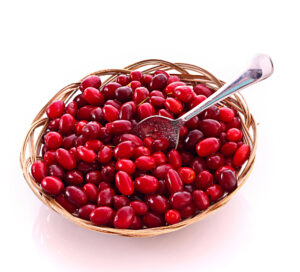
*We may earn a commission for purchases made using our links. Please see our disclosure to learn more.

